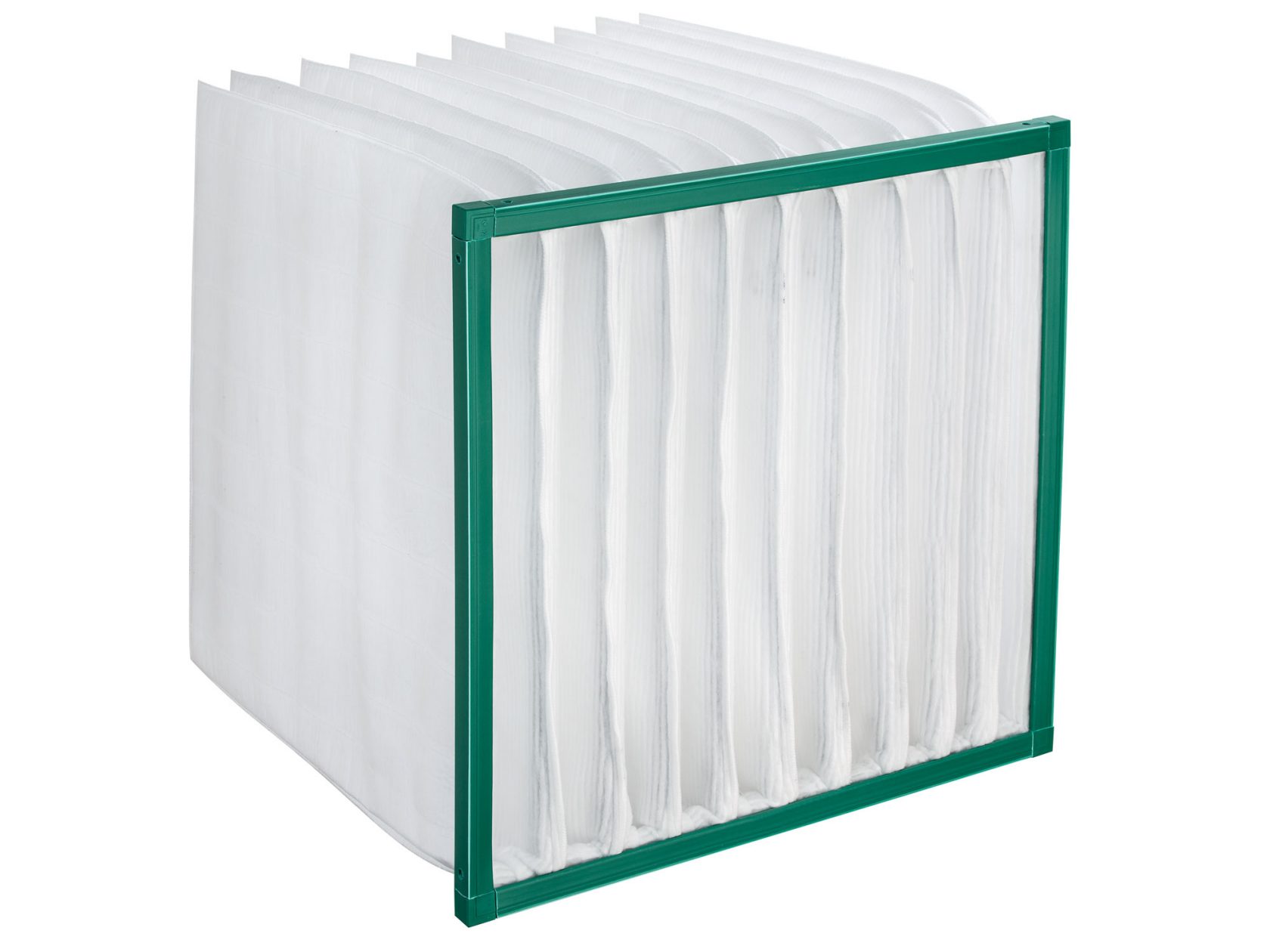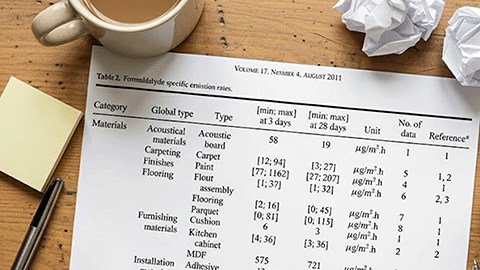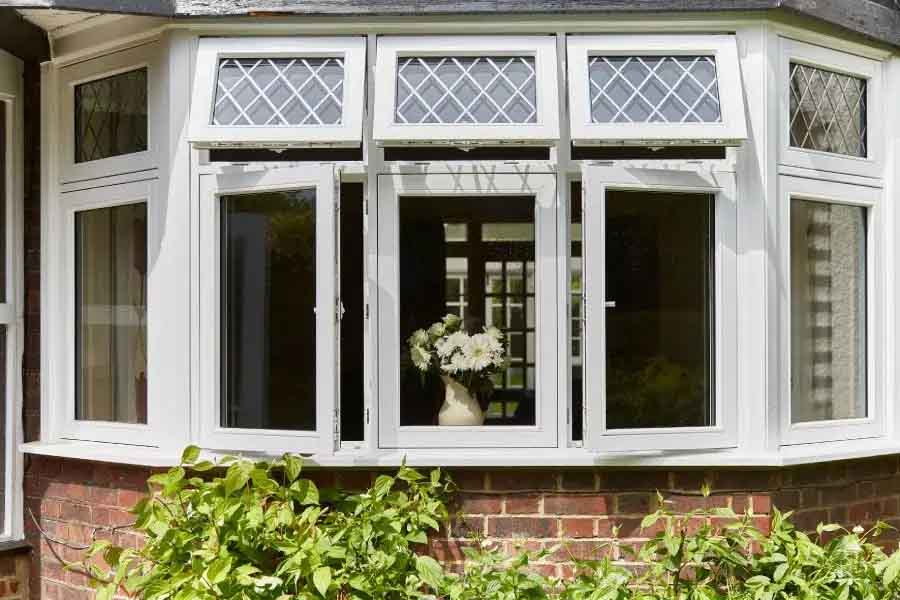Can I Upgrade the Filtration in My Air Handling Unit (AHU)?
Or add additional filtration to my ventilation system?
With the Covid-19 pandemic highlighting the importance of good indoor air quality more than ever within the public eye, the Chartered Institute of Building Service Engineers (CIBSE) released specific guidance on Covid-19 ventilation strategies along with advice on Air Cleaning Technologies.
The guidance from CIBSE suggested that ventilation systems are operated on full fresh air and to increase the air change rates. This approach was to reduce the risk of airborne transmission from air that is recirculated through the building. It is very unlikely that the fresh air being drawn into the building from outside will contain viruses, whereas the air within the building will become contaminated with occupants, especially if one occupant has the Covid-19 virus.
So, how can you tell if you can add additional filtration or components to your ventilation system to improve IAQ? Firstly, you need to establish the current operating condition of your air handling unit (AHU).
ARM Environments offer an assessment service where we will attend site and undertake a full site survey of the air handling units which will include measuring the amount of supply air the unit is providing to the building. During this survey, we will investigate the condition of each individual component within the AHU to establish if there is any remediation work required before attempting to incorporate other components.
As part of our assessment, we can also undertake IAQ monitoring which provides a unique insight into the actual quality of the indoor environment. This data then gets compared with several standards such as WHO, BREEAM, AirRated and WELL.
Upon completion of the survey, our team of HVAC engineering and IAQ specialists will evaluate whether additional or replacement components need to be added to the system to achieve IAQ or energy efficiency targets. By adding components within the AHU or associated ductwork, additional pressure drop to the system is created which means the existing fan will have to work harder to be able to achieve the same amount of air flow. Without undertaking a thorough assessment of the equipment before installing additional components, the airflow can decrease due to the larger pressure drop to overcome which can have a detrimental effect on the system you were attempting to improve.
Most buildings still utilise old belt driven centrifugal fans which have a life cycle of approximately 20 years, according to CIBSE Guide M Appendix 13.A1: Indicative life expectancy factors. These belt driven centrifugal fans are driven by a motor with belts and pulleys sized to ensure the fan speed is suitable for the design flow rate of the AHU. An inverter can be connected to the motor to increase or decrease the fan speed for higher airflow, however, this can be damaging to the existing motor.
Other options to overcome the increase in pressure are to increase the size of the motor, which as long as the duty point is within the limitations of the specific fan curve, will allow the fan to operate at a higher pressure. An even better alternative would be to upgrade the belt driven centrifugal fan and motor to energy efficient direct drive EC plug fans which can be selected to operate at the higher duty point and can also modulate to increase and decrease the airflow based on IAQ set points. The IE5 EC plug fans are direct driven which means there are no maintainable parts such as belts and pulleys, another benefit of upgrading the fans.
Read more about indoor air quality remediation options.
If you would like assistance or guidance on how to incorporate additional components into your HVAC equipment, please get in touch with the team at ARM Environments for a free consultation.






